My Two Favorite Landscape Photography Accessories
Tripod and photography filters are my two favorite landscape photography accessories. I can sum up how I feel about these two items with the following sentence: Don’t leave home without them. Sure, you can take landscape photos without these accessories, however, the range of photos you can create without them is limited. Tripods and photography filters enable a landscape photographer almost limitless opportunity by allowing you to work in almost any light and weather conditions that you may encounter in nature.
If you are planning on purchasing or upgrading your current tripod or your photography filter set, it is important to properly select the tripod and filters that work for you. Here are few things to look for when selecting filters and a tripod.
Photography Filters
When it comes to filters, it is easy to go over board with the number and variety of filters that are available today. These choices also create confusion as to what filters you should carry and what you should prioritize. Here are the filters we carry with us.
- Circular Polarizer: A circular polarizer filter is made up of two rotating elements and seems pretty simple to use… just screw it onto your lens and then rotate the outer ring until you get the effect you want. It draws the glare from wet leaves or the surface of a pond and allows you to see more detail and color. We always carry a circular polarize to reduce glare, cut through reflections, and produce photos with vibrant colors. The effect of a circular polarize is highly complex and is dependent on the filter setting as well as type and direction of light.
Beginner landscape photographers are often eager to attach that circular polarizer to their camera lens and capture the scene they see before them. However it is important to understand the limitations and pitfalls of using a circular polarizer. For this reason it is important to know the limitations and proper use of a circular polarizer before you attempt to use one.
- ND Filters: ND filters (neutral density) allow you to slow down your shutter speed. This extra degree of control over your shutter, when combined with manual exposure, allows limitless options to capture photos under any light conditions.
If your Photoshop skills are exceptional, you may be able to manually produce a few ND filter effects. However, this takes a lot of time and effort and is, at best, an approximation of what a real filter can do. An ND filter comes in different strengths. For someone who is just starting out, I suggest purchasing one or more ND filters between 4 and 10 stops.
- GND Filter: GND (Graduated Neutral Density) filters can be used to reduce the dynamic range in landscape photography. They also allow you to capture proper details in both highlights and shadows. Today, HDR software can very effectively replicate the effects produced by this filter. If you are on a budget, this is one filter that you can skip. We recommend that you use a rectangular GND filter (rather then a circular one) so you can place the horizon and any where you wish.
- Stacking Photography Filters: Our photography filters kit is designed so that we can stack multiples filters in any combination we want. This allows us to use both a Circular Polarizer and ND filters to capture photos like these one from Arizona.
For this reason it is best to purchase a photography filter kit from a single vendor as it is easier to ensure that different elements will fit together properly. If you decide to combine photography filters from different vendors, do your research to ensure that all the elements properly fit together.
- Photography Filter Quality: Some cheap photography filters (specially ND and GND filters) may create more problems then they solve. Some filters have a strong color cast and other manufacturing defects that can introduce undesired artifacts in your landscape photos. We recommend doing some research and purchasing good quality photography filters. This make the processing your landscape photos a lot easier.
Photography Tripod
My second favorite photography accessory is a tripod. We typically take a carbon fiber tripod with us when we are travelling. So, having a right tripod is pretty important for us. Here are few things we recommend when selecting your tripod.
- I love love tripods with a built-in leveling bubble. They allow me to accurately level my tripods for panorama or movies.
- It is important to be able to clean my tripods after coming back from our trip (especially if the tripod is used in an harsh environment). For this reason we look for tripods that come apart easily. Here is a short video that shows you how we clean out carbon fiber tripods.
The frequency with which you’ll need to clean your tripod depends upon how you use it. If it never leaves the house, you probably don’t need to clean it at all. If you are shooting on the grass or a muddy path – just rinse the feet when necessary and you’re good to go.
- Make sure the legs of the tripods move independently from one another…This allows us to place your tripod in any surface.
- I sometime shoot low to the ground. It’s important that you select a tripod whose legs allow you to do this. Some landscape photography tripods come with a long center column that prevent your camera to be close the ground. If you do want your camera be close to the ground we recommend that you replace this center column with a short center column.
- Other things we look for while selecting a tripod are its maximum height, load carrying capacity, and weight. Check out this article about how to choose a perfect tripod for landscape photography by Ugo Cei.
Now that you know what type of photography filters and tripod we carry, the question is how do we go about using them? This is where our Getting it Right In-Camera & Essential Filters for Landscape Photography courses comes in. Filmed in diverse terrains of Iceland and USA, you will learn how these photography accessories to come away with some spectacular photos. These landscape photography tutorials will teach you how to put yourself in the right place at the right time and then use local knowledge, the right equipment, key photography composition strategies, essential camera skills and a good dose of creativity to overcome the ever-changing conditions of nature.

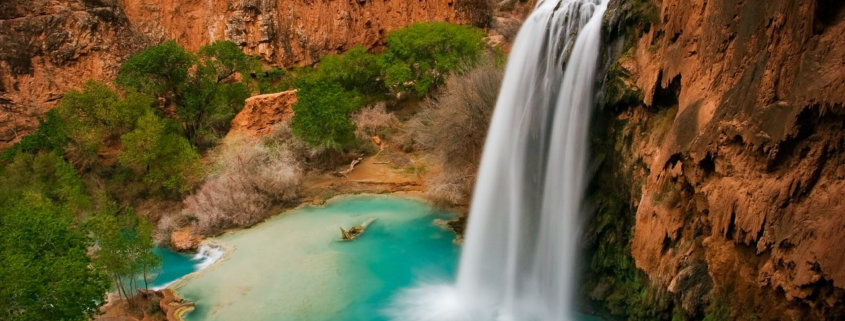

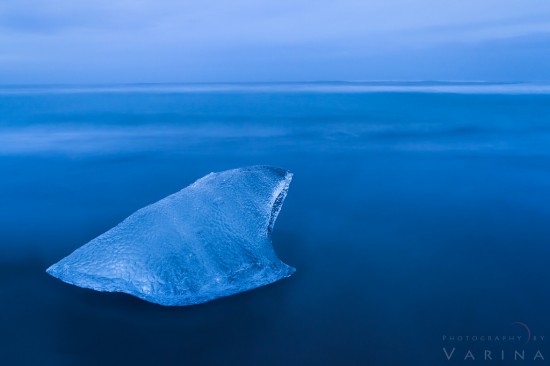
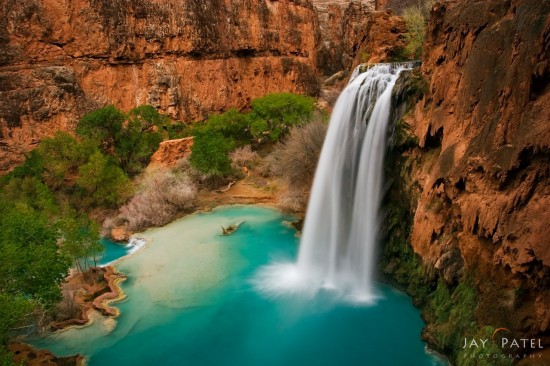



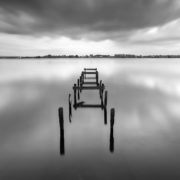

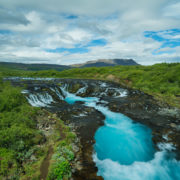
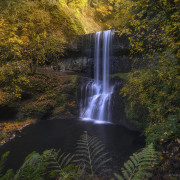


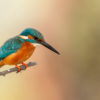

Jay: Is this The Ultimate Landscape Photography Course the same version that I purchased a year ago? Or is this an updated version?
Craig
Couldn’t agree more about the polariser – reduces reflection, increases contrast between sky and cloud. Absolutely vital for landscape. Personally, I rarely have my tripod with me but do have a monopod that is really useful in some situations. Some lovely shots in this post by the way!
Glad you like the photos and enjoyed the post.
Great article Jay…and timely! I need to purchase a set of filters for my upcoming Iceland trip…do I need to get a different size holder for each lens size or is there one that will work on multiple lens diameters?
Hello Wayne,
We use a single filter holder with 82mm thread. This fits the lens with the largest diameter. For other lenses we have a step down rings. If you have lenses that have a bulge in the front (example Nikon’s 14-24mm) then you will need a specialized holder and filters for this.
Couldn’t agree more.